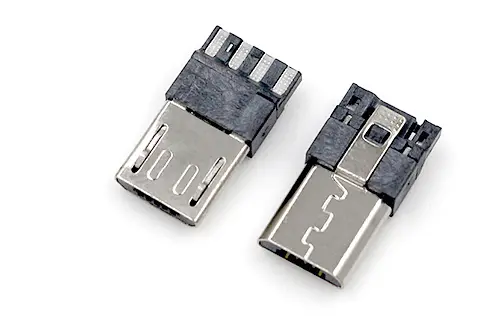Step-by-Step Process of Ceramic Injection Molding
Ceramic injection molding (CIM) is a highly sophisticated manufacturing process used to produce precision parts with complex geometries. This process is commonly used in industries such as aerospace, automotive, medical, and electronics due to its ability to produce high-performance ceramic components at a relatively low cost. The CIM process involves several steps that are carefully executed to ensure the production of high-quality ceramic parts. In this article, we will explore the step-by-step process of ceramic injection molding, from the initial feedstock preparation to the final part inspection.
Feedstock Preparation

The first step in the ceramic injection molding process is the preparation of the feedstock. The feedstock, which consists of ceramic powder and a binder material, is carefully mixed to achieve the desired composition and consistency. The ceramic powder used in CIM is typically a fine, high-purity material that is selected based on the specific properties required for the final part. The binder material, which is typically a thermoplastic or wax-based compound, is added to the ceramic powder to form a homogenous mixture that can be injected into the mold.
Once the ceramic powder and binder material are mixed, the feedstock is subjected to a number of processing steps to achieve the desired flow properties and dimensional stability. This may include steps such as extrusion, pelletization, and drying to remove any moisture from the feedstock. The resulting feedstock is then ready for the injection molding process.
Mold Design and Fabrication
The next step in the ceramic injection molding process is the design and fabrication of the mold. The mold, also known as the tool or die, is a precision-engineered component that is used to shape the feedstock into the desired part geometry. The mold is typically made from a high-strength material such as steel or aluminum and is designed to withstand the high pressures and temperatures encountered during the injection molding process.
The mold design is a critical aspect of the CIM process, as it dictates the final shape and dimensions of the ceramic part. Complex part geometries can be achieved through the use of multi-cavity molds, which allow for the simultaneous production of multiple parts in a single cycle. The mold fabrication process may involve various techniques such as CNC machining, electrical discharge machining (EDM), and surface treatments to achieve the required surface finish and dimensional accuracy.
Injection Molding Process
Once the feedstock and mold are prepared, the injection molding process can begin. The feedstock is loaded into the injection molding machine, which is equipped with a screw or plunger that forces the material into the mold cavity under high pressure. The mold is carefully heated to a precise temperature to ensure proper flow and consolidation of the feedstock, and the injection pressure is carefully controlled to fill the mold cavities without causing defects such as air traps or flow lines.
After the feedstock is injected into the mold, it is allowed to cool and solidify, at which point the mold is opened, and the green part is ejected for further processing. The green part is fragile at this stage and must undergo additional processing steps such as debinding and sintering to achieve the final ceramic part.
Debinding and Sintering
Debinding is the process of removing the binder material from the green part to prepare it for sintering. This can be achieved through various methods such as solvent extraction, thermal decomposition, or a combination of both. The debinding process is carefully controlled to avoid cracking or distortion of the part, and the residual binder must be completely removed to prevent defects in the final part.
Once the debinding process is complete, the green part is subjected to sintering, which involves heating the part to a high temperature to achieve densification and the desired material properties. During sintering, the ceramic powder particles bond together through diffusion, resulting in a significant reduction in porosity and an increase in strength and hardness. The sintered part may undergo additional machining or finishing processes to achieve the final dimensions and surface quality.
Part Inspection and Quality Control
The final step in the ceramic injection molding process is the inspection and quality control of the finished parts. The parts are carefully inspected to ensure that they meet the specified dimensional tolerances, surface finish requirements, and material properties. This may involve the use of advanced metrology techniques such as coordinate measuring machines (CMM), optical profilometry, and material testing methods to verify the quality of the parts.
In addition to dimensional and material inspections, the parts may also be subjected to various performance tests to evaluate their suitability for the intended application. This may include tests such as hardness testing, wear resistance testing, and thermal conductivity measurements to ensure that the parts meet the required performance criteria.
In conclusion, ceramic injection molding is a complex manufacturing process that involves several critical steps to produce high-quality ceramic parts with complex geometries. The feedstock preparation, mold design and fabrication, injection molding process, debinding and sintering, and part inspection and quality control are all essential aspects of the CIM process that must be carefully executed to achieve the desired results. By understanding and carefully controlling each step of the process, manufacturers can produce ceramic components that meet the stringent requirements of modern industrial applications.
+86 13433648351





